
Blessing
The Yoga is a unique work of Indian philosophy. It is highly respected for its practical mysticism. The study of this great scripture alone can surely help one to attain to God-consciousness. For aspirants of the highest beatitude, the Yoga
is a unique work of Indian philosophy. It is highly respected for its practical mysticism. The study of this great scripture alone can surely help one to attain to God-consciousness. For aspirants of the highest beatitude, the Yoga is like nectar. It is a storehouse of wisdom. Like the Amritanubhava of Sri
is like nectar. It is a storehouse of wisdom. Like the Amritanubhava of Sri  , the path shown in this work is for those who are highly spiritually evolved, almost to the state of a Siddha. It expounds the highest doctrine with many stories and illustrations. Not only philosophers, but even the modern psychologists and scientists will certainly find in it something related to their own discoveries.
, the path shown in this work is for those who are highly spiritually evolved, almost to the state of a Siddha. It expounds the highest doctrine with many stories and illustrations. Not only philosophers, but even the modern psychologists and scientists will certainly find in it something related to their own discoveries.
Most of the scriptures were narrated by God to His devotees, but the Yoga was narrated to God Himself. It is the teaching of the sage
was narrated to God Himself. It is the teaching of the sage  imparted to Lord
imparted to Lord  . It contains true understanding about the creation of the world. The philosophy of the Yoga
. It contains true understanding about the creation of the world. The philosophy of the Yoga is very similar to that of Kashmir Shaivism. Its main teaching is that everything is Consciousness, including the material world, and that the world is as you see it. This is absolutely true. The world is nothing but the play of Consciousness.
is very similar to that of Kashmir Shaivism. Its main teaching is that everything is Consciousness, including the material world, and that the world is as you see it. This is absolutely true. The world is nothing but the play of Consciousness.
Abhinavagupta, the great tenth century scholar of Kashmir Shaivism, once said, Shiva, the independent and pure Self that always vibrates in the mind, is the Parashakti that rises as joy in various sense experiences. Then the experience of this outer world appears as its Self. I do not know where this word  has come from. This is also the unparalleled philosophy of the Yoga
has come from. This is also the unparalleled philosophy of the Yoga
In translating this monumental work, Swami Venkatesananda has worked hard to make its philosophy comprehensible to ordinary people. In doing so, he has done a great service to seekers of the Truth. Swamiji is a pure person, full of knowledge and therefore worthy of translating this work of supreme yoga.
Let this book bring true knowledge to its readers.
SWAMI MUKTANANDA
SWAMI VENKATESANANDA

Published by
State University of New York Press, Albany
1993 State University of New York
All rights reserved
Printed in the United States of America
No part of this book may be used or reproduced in any manner whatsoever without written permission except in the case of brief quotations embodied in critical articles and reviews.
For information, contact State University of New York Press, Albany, NY www.sunypress.edu
Library of Congress Cataloging-in-Publication Data
Venkatesananda, Swami.
 yoga / Swami Venkatesananda.
yoga / Swami Venkatesananda.
p. cm.
Includes translation of:  .
.
Includes index.
ISBN 0-7914-1363-2 (hard.) ISBN 0-7914-1364-0 (pbk.)
1.  Commentaries. 2. Religious life Hinduism. 3. HinduismDoctrines. I.
Commentaries. 2. Religious life Hinduism. 3. HinduismDoctrines. I.  . English. II. Title.
. English. II. Title.
BL 1237.32. Y633V46 1993
294.54dc20 92-3160
CIP
20 19
Scheme of Transliteration
VOWELS: 
CONSONANTS:
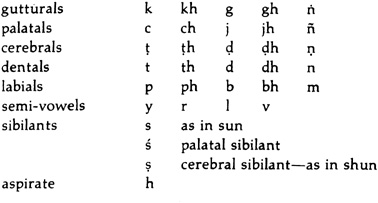
The above scheme does not facilitate the pronunciation of the syllable jna which occurs often in the Yoga  as also in yoga literature (
as also in yoga literature ( means knowledge). The j is not really pronounced as j but almost as g. It is followed by the n which partakes of the character of the guttural and the palatal n. Added to all this there is also a suggestion of y before the appropriate vowel completes the syllable.
means knowledge). The j is not really pronounced as j but almost as g. It is followed by the n which partakes of the character of the guttural and the palatal n. Added to all this there is also a suggestion of y before the appropriate vowel completes the syllable.
 ,
,  and
and  are anglicised adjective forms of satva, rajas and tamas. Many common nouns have also been anglicised by addition of V for the plural.
are anglicised adjective forms of satva, rajas and tamas. Many common nouns have also been anglicised by addition of V for the plural.
The numbers in the margins refer to Parts and Chapters in the complete Yoga Vasishtha. The Roman number refers to the Part, of which there are six, and the following Arabic number designates the Chapter being summarized from that Part.
Contents
Foreword
The book,  Yoga, is a translation into English accompanied by brief expositions, by Swami Venkatesananda of the Divine Life Society, Rishikesh, India, of the well-known
Yoga, is a translation into English accompanied by brief expositions, by Swami Venkatesananda of the Divine Life Society, Rishikesh, India, of the well-known  treatise in Sanskrit, The Yoga
treatise in Sanskrit, The Yoga  .
.
The Swami has arranged the verses of the book in such a way as to convert them into a rosary of daily thoughts throughout the year, on the lines of his two other books, already published, namely, the  or The Book of God, and
or The Book of God, and  or The Song of God.
or The Song of God.
The Yoga has been a favourite book of spiritual seekers in India these several centuries. Its special appeal lies in its thoroughly rational approach, and in its presentation of
has been a favourite book of spiritual seekers in India these several centuries. Its special appeal lies in its thoroughly rational approach, and in its presentation of  as a philosophy which dares, like
as a philosophy which dares, like  , to bridge the gulf between the secular and the sacred, action and contemplation, in human life, through a comprehensive and lofty spirituality. The reader will come across passages such as the verse entry 11:18, highlighting the importance of reason:
, to bridge the gulf between the secular and the sacred, action and contemplation, in human life, through a comprehensive and lofty spirituality. The reader will come across passages such as the verse entry 11:18, highlighting the importance of reason:
Next page
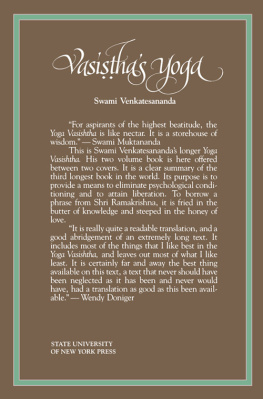
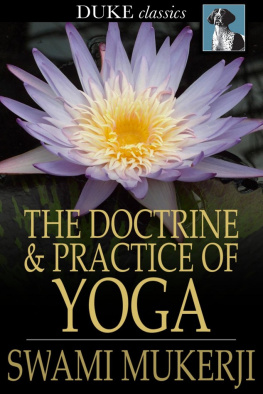
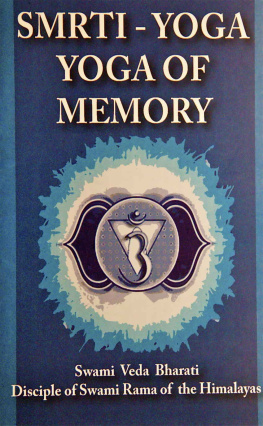
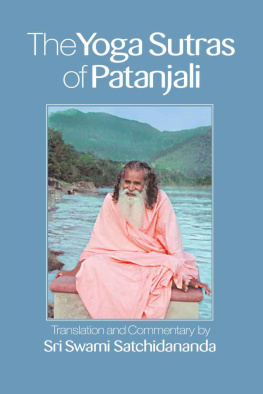
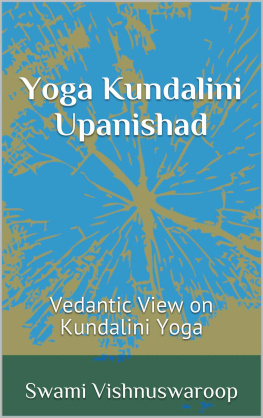
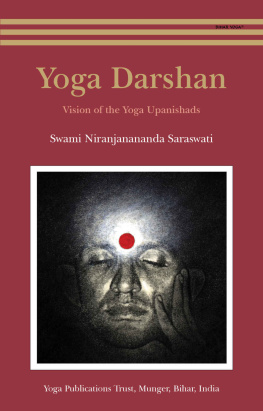
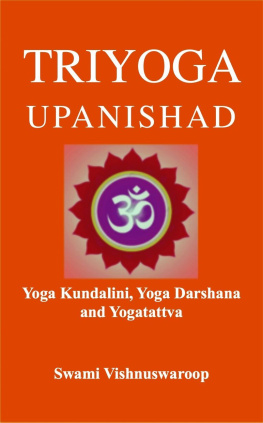
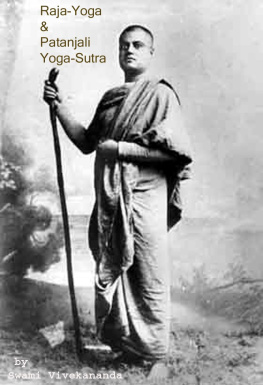
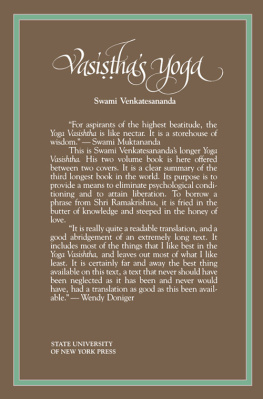

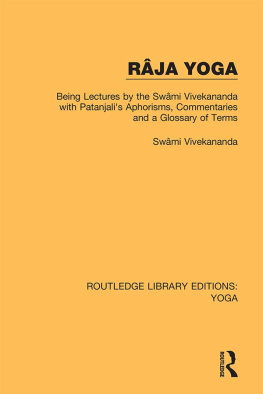

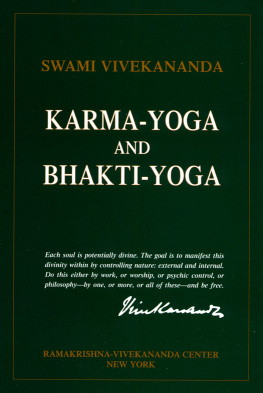

 is a unique work of Indian philosophy. It is highly respected for its practical mysticism. The study of this great scripture alone can surely help one to attain to God-consciousness. For aspirants of the highest beatitude, the Yoga
is a unique work of Indian philosophy. It is highly respected for its practical mysticism. The study of this great scripture alone can surely help one to attain to God-consciousness. For aspirants of the highest beatitude, the Yoga , the path shown in this work is for those who are highly spiritually evolved, almost to the state of a Siddha. It expounds the highest doctrine with many stories and illustrations. Not only philosophers, but even the modern psychologists and scientists will certainly find in it something related to their own discoveries.
, the path shown in this work is for those who are highly spiritually evolved, almost to the state of a Siddha. It expounds the highest doctrine with many stories and illustrations. Not only philosophers, but even the modern psychologists and scientists will certainly find in it something related to their own discoveries. imparted to Lord
imparted to Lord  . It contains true understanding about the creation of the world. The philosophy of the Yoga
. It contains true understanding about the creation of the world. The philosophy of the Yoga has come from. This is also the unparalleled philosophy of the Yoga
has come from. This is also the unparalleled philosophy of the Yoga

 yoga / Swami Venkatesananda.
yoga / Swami Venkatesananda. .
.

 means knowledge). The j is not really pronounced as j but almost as g. It is followed by the n which partakes of the character of the guttural and the palatal n. Added to all this there is also a suggestion of y before the appropriate vowel completes the syllable.
means knowledge). The j is not really pronounced as j but almost as g. It is followed by the n which partakes of the character of the guttural and the palatal n. Added to all this there is also a suggestion of y before the appropriate vowel completes the syllable. ,
,  and
and  are anglicised adjective forms of satva, rajas and tamas. Many common nouns have also been anglicised by addition of V for the plural.
are anglicised adjective forms of satva, rajas and tamas. Many common nouns have also been anglicised by addition of V for the plural. Yoga, is a translation into English accompanied by brief expositions, by Swami Venkatesananda of the Divine Life Society, Rishikesh, India, of the well-known
Yoga, is a translation into English accompanied by brief expositions, by Swami Venkatesananda of the Divine Life Society, Rishikesh, India, of the well-known  treatise in Sanskrit, The Yoga
treatise in Sanskrit, The Yoga  or The Book of God, and
or The Book of God, and  or The Song of God.
or The Song of God.